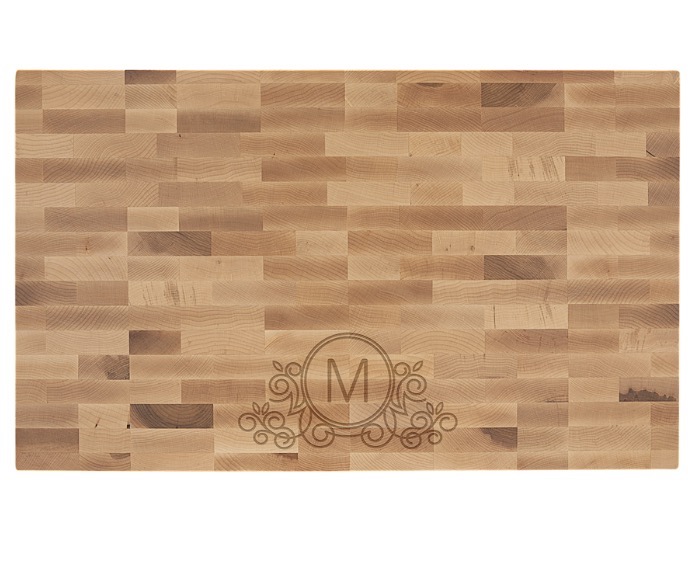In today’s world, sustainability is more than just a buzzword; it has become a crucial aspect of our daily choices. For those who love to cook or entertain, investing in sustainable custom cutting boards is a stylish and responsible decision. These cutting boards not only add a touch of elegance to your kitchen but also support environmentally friendly practices. Whether you’re a professional chef or a home cook, this article will guide you through the various aspects of sustainable custom cutting boards, from their benefits to maintenance tips. If you’re interested in exploring other eco-friendly options for your home and events, consider custom packaging for soaps to elevate your brand’s aesthetic and appeal.
Benefits of Sustainable Custom Cutting Boards

Sustainable custom cutting boards offer numerous benefits, both for the environment and for your kitchen. One advantage is their contribution to reducing deforestation. Many eco-friendly cutting boards are made from bamboo or reclaimed wood, which helps preserve our forests and reduce carbon footprints. By choosing these materials, you’re making a conscious decision to support sustainable forestry practices.
Additionally, sustainable custom cutting boards are a stylish and eco-friendly choice for any kitchen. Another benefit here is the health aspect. Sustainable materials often lack the harmful chemicals found in some conventional cutting boards. This means you can prepare meals with peace of mind, knowing that your food is not being contaminated with toxins.
Moreover, these boards are incredibly durable and can withstand heavy use without warping or cracking. Keep in mind that investing in a high-quality sustainable board means it will last longer, reducing the need for frequent replacements and further waste. For more on how custom cutting boards can serve as unique gifts, check out custom cutting boards: a unique gift for foodies.
Understanding Eco-Friendly Materials
To truly appreciate sustainable custom cutting boards, it’s essential to understand the materials used in their construction. Bamboo is a popular choice due to its rapid growth and renewability. Unlike traditional hardwoods, bamboo can be harvested without killing the plant, making it an excellent sustainable option. Its natural antibacterial properties also make it a hygienic choice for kitchen use.
Another eco-friendly material to note is reclaimed wood. This involves reusing wood from old buildings or furniture, giving it a new lease on life. Reclaimed wood cutting boards not only prevent waste but also bring a unique character to each piece, often featuring rich textures and colors.
Side note: when choosing reclaimed wood, ensure it’s been properly treated to remove any previous coatings or contaminants. For those interested in how custom branded cutting boards can enhance your space, read how custom branded cutting boards elevate your kitchen aesthetic.
Stylish Designs and Customization Options
A big plus of sustainable custom cutting boards is the variety of stylish designs and customization options available. From sleek, minimalist designs to rustic, handcrafted pieces, there’s a cutting board to suit every aesthetic preference. Many artisans offer personalized engravings, allowing you to add a special touch, such as a family name or a meaningful quote.
The customization doesn’t stop at engravings. You can choose from various shapes, sizes, and finishes to complement your kitchen decor. Whether you prefer a large butcher block for heavy-duty chopping or a small cheese board for entertaining, the options are virtually limitless. This versatility makes sustainable cutting boards not just functional kitchen tools but also decorative elements that enhance your culinary space. If you’re planning a wedding or special event, consider how custom cutting boards can be perfect for such occasions.
How to Choose the Right Cutting Board for Your Needs
When selecting a sustainable custom cutting board, consider your specific needs and cooking habits. For everyday use, a medium-sized board made from bamboo might be ideal due to its lightweight and easy maintenance. If you’re frequently preparing large meals, a thicker, more robust board, such as one made from reclaimed wood, can provide the durability you need.
Another factor to consider is the board’s surface texture. Some prefer a smooth finish for easy cleaning, while others might opt for a slightly textured surface to prevent slipping while chopping. Keep in mind the maintenance requirements of different materials—some may require regular oiling to maintain their integrity and appearance. For insights on designing cutting boards that stand out, explore how to design custom branded cutting boards for your business.
Caring for Your Sustainable Cutting Board
Proper care is crucial to ensure the longevity of your sustainable cutting board. Regular cleaning with mild soap and water is essential, but avoid soaking the board as it can cause warping. After washing, dry it thoroughly with a towel to prevent moisture damage.
A benefit here is that many sustainable boards only require occasional oiling to maintain their luster and prevent cracking. Use food-grade mineral oil or a specialized cutting board oil, applying it evenly across the surface. This not only preserves the board but also enhances its natural beauty. Note that proper care not only extends the life of your board but also ensures it remains safe and hygienic for food preparation.
Why Eco-Friendly Choices Matter
Choosing eco-friendly products like sustainable cutting boards is about more than just the immediate benefits—it’s a commitment to a healthier planet. By opting for products made from renewable resources, you’re supporting industries that prioritize environmental responsibility. This conscious choice helps reduce waste, conserve natural resources, and promote a more sustainable future. If you’re interested in eco-friendly printing solutions for sustainable businesses, consider reading eco-friendly printing solutions for sustainable businesses.
Furthermore, eco-friendly choices often inspire others to follow suit. When you incorporate sustainable products into your lifestyle, you become an advocate for change, encouraging others to consider the impact of their purchasing decisions. It’s a ripple effect that contributes to a larger movement towards sustainability, ultimately benefiting the environment and future generations.
Conclusion
Sustainable custom cutting boards are a stylish and eco-friendly addition to any kitchen. With their numerous benefits, including environmental responsibility, health safety, and aesthetic appeal, they represent a smart investment for both avid cooks and casual kitchen users. By understanding the materials and care involved, you can choose the perfect board to suit your needs while making a positive impact on the planet. As we continue to prioritize sustainability, these cutting boards serve as a small but significant step towards a more environmentally conscious lifestyle.
